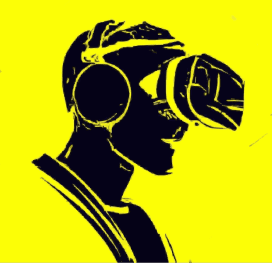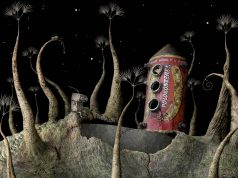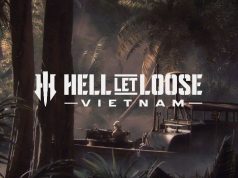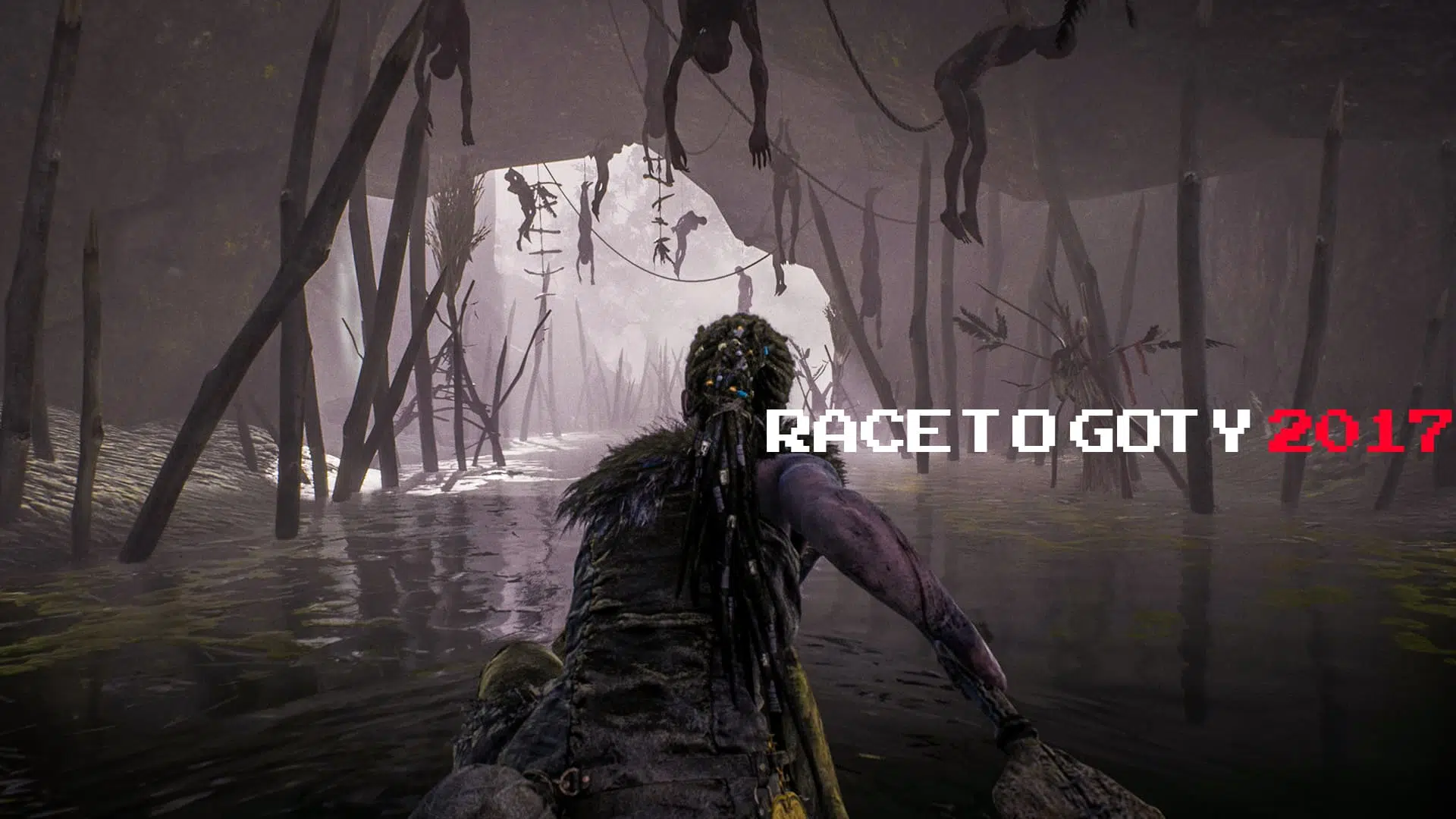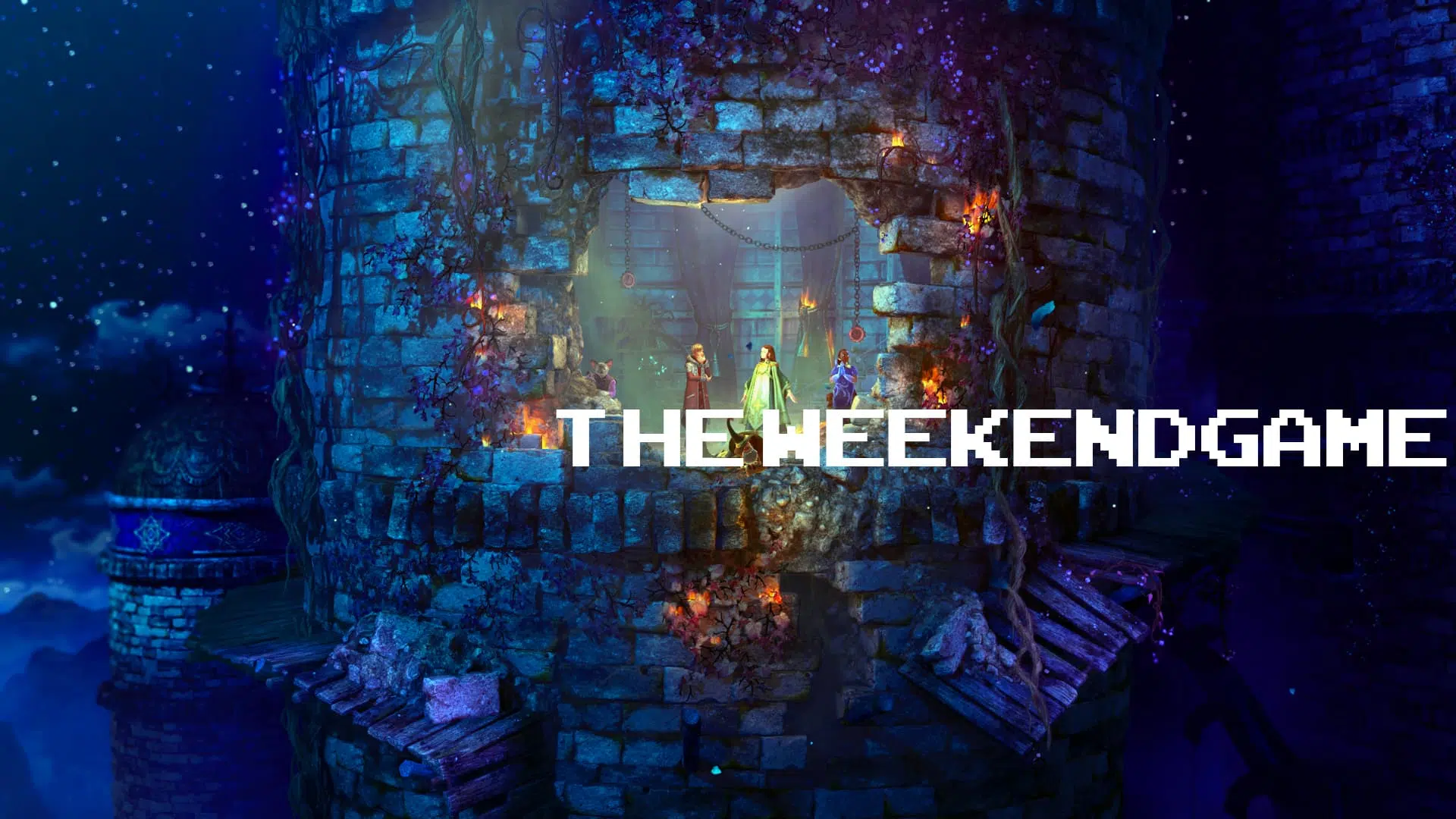Estimated reading time: 6 minutes
First Impressions and Comparisons
The Outer Worlds left me with an impression that is hard to put into numbers, but if I had to, I’d say it lands at a solid 89% in my book. It’s one of those games where, even though I played it around the time of Red Dead Redemption 2—a game that was operating on a completely different technical and graphical level—I still found myself deeply admiring what Obsidian managed to create. It doesn’t have the scope or sheer horsepower of Rockstar’s giant, but it has something uniquely its own: a world full of charm, artistic identity, and storytelling weight that really grabbed me as a sci-fi fan.
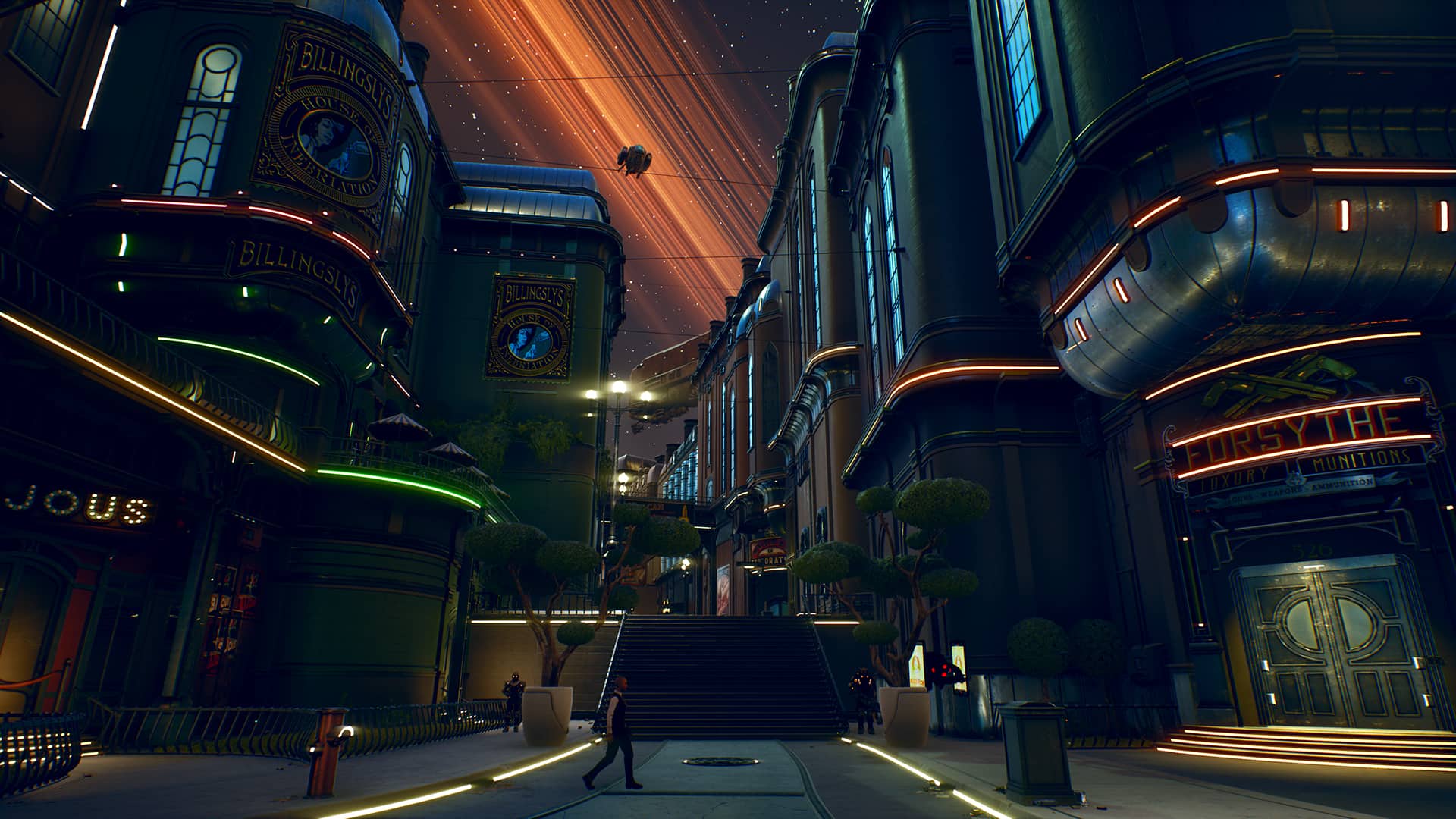
World Design and Scale
What makes The Outer Worlds stand out is how well its smaller world is crafted. The planets and zones aren’t huge, but each has its own personality, mood, and challenges. It gives you enough space to explore, but not so much that you’re lost in endless emptiness. You land on a planet, get a map that’s maybe a few kilometers across, and within that frame you have missions, enemies, settlements, and little pieces of lore scattered around. It might sound small on paper, but it feels big enough because of how tightly designed it is. The density of story, humor, and environmental detail makes every location memorable.
Companions and Side Stories
The heart of the game for me was definitely the companions. Parvati, in particular, stood out as the most sympathetic and human side character. Her personal story felt genuine and well-written, and I cared about her outcome in a way I don’t usually in RPGs. But the same can be said, to a degree, about all companions. Each one had a story worth following, and I actually wanted to finish their quests to learn more about them, which is not always the case in these types of games. It’s rare that a game makes you feel connected to the whole cast like this, and Obsidian pulled it off despite not having the biggest budget in the industry.
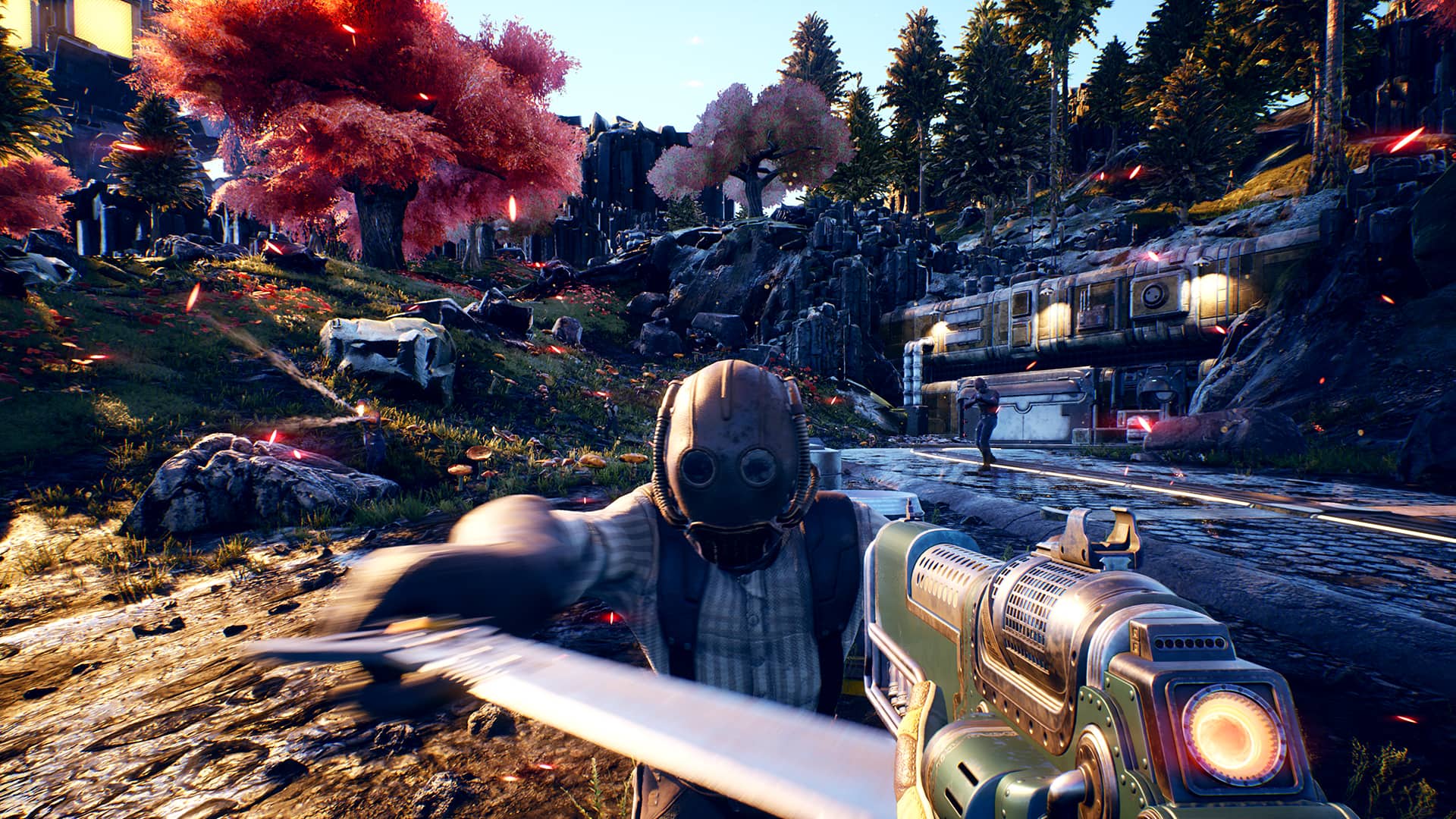
Humor and Satire
The satire is another area where the game hits hard. The corporate dystopia, where democracy is absent and everything is run by faceless, greedy boards, is portrayed in a way that’s both dark and funny. Ads and propaganda push ideas like “fixing what nature caused,” and you run into characters who have literally reshaped themselves for corporate glory. It’s ridiculous, awful, and hilarious at the same time. The humor doesn’t make the game lighthearted, though—it enriches the story without undermining its seriousness. The balance between sharp satire and grounded narrative is excellent, and it makes the world feel uncomfortably believable.
Combat and Gameplay
Combat, while not groundbreaking, worked for me. I know people online often complain that it was too simple or underwhelming, but I didn’t mind. Early on, it felt challenging when I wasn’t prepared, but as I grew stronger and had the right arsenal, I could approach encounters in a smarter way and eventually wipe out enemies with ease. I experimented with most weapon types, and I enjoyed figuring out which ones worked best against certain enemies. It never reached the intensity of top-tier shooters, but as part of the RPG mix, it was good enough and satisfying to carry the adventure forward.
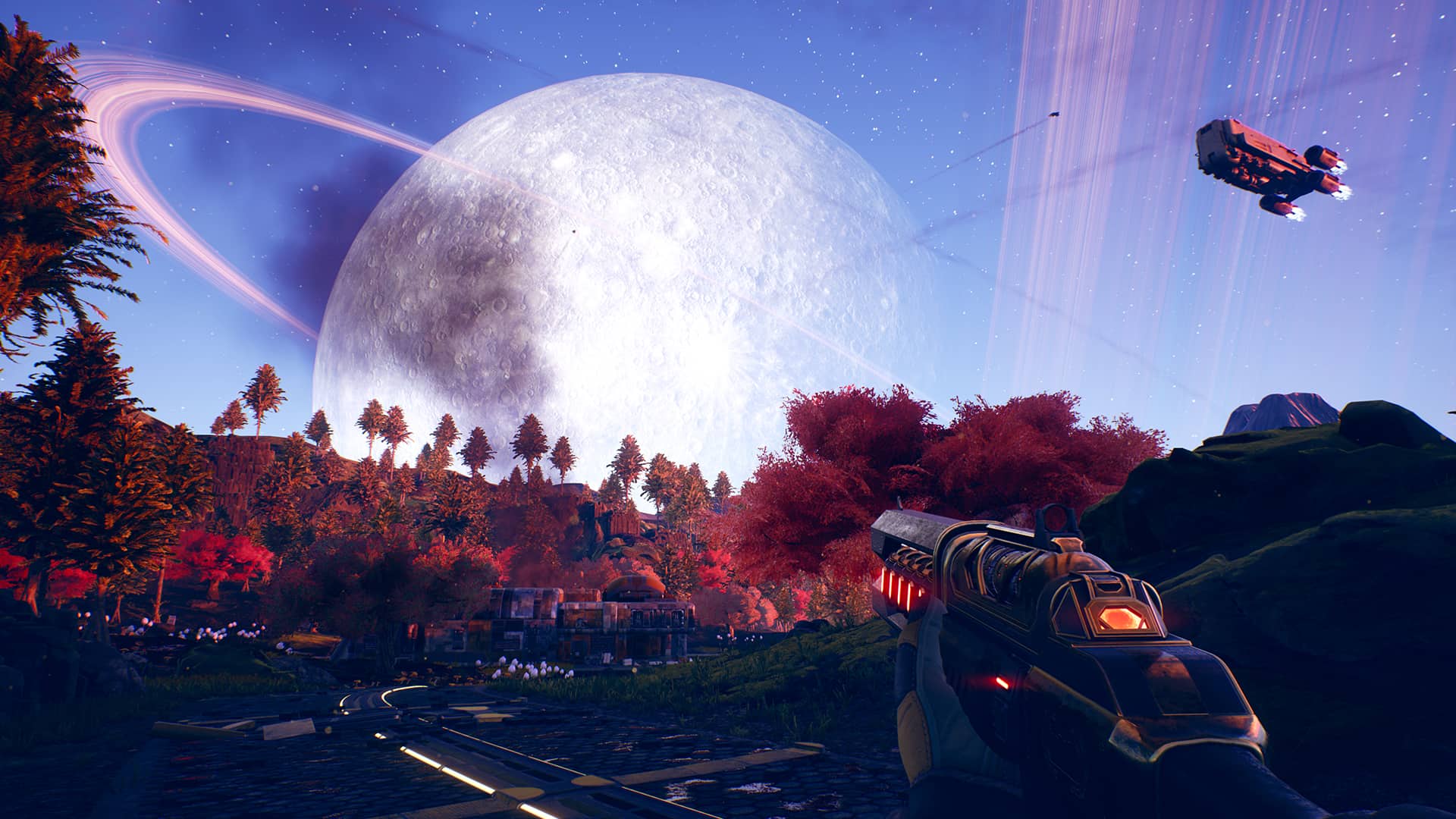
Technical Performance and Style
Technically, on my old PlayStation 4 and PC, the game ran well. The graphics were never a “wow” factor, especially compared to something like Red Dead Redemption 2, but they were sufficient and, more importantly, consistent. The art design—robots, cyborgs, corporate propaganda, quirky settlements—often looked better than the actual environmental textures, but that was fine with me. It had a Fallout-like feeling at times, with that retro-futuristic style, but it never felt like a copy. It’s a different universe with its own rules, humor, and energy. Fans of Fallout will recognize the DNA, but this is its own thing.
Story and Choices
The story itself pulled me in. At first, I felt a little lost, but the threads quickly tied together, and I found myself engaged with the mysteries of the colony and the conflicts between factions. I can’t recall every detail of the factions now, but I do remember the sense that my decisions mattered. Some choices were subtle in their consequences, others more dramatic, but overall the game gave me the feeling that I was shaping the path of this world in a meaningful way.
Looking Back Few Years Since I Played
When I look back, I see The Outer Worlds as a very smartly built game. Obsidian worked within its budget and limitations but managed to deliver something rich, memorable, and charming. The characters, humor, and world design are what make it special. It’s not the biggest game, and it’s not the flashiest, but it has heart, and that’s what counts most.
Now, with The Outer Worlds 2 right around the corner, my expectations are high. I’m confident Obsidian will push things further, especially with what will surely be a larger budget and Microsoft’s backing. I hope they keep the focus on strong writing, memorable companions, and that sharp corporate satire, while maybe expanding the worlds and deepening the combat. If they manage to hold onto the spirit of the first game and scale it up smartly, I’m certain it will be a success.
For me, The Outer Worlds remains one of the most charming and rewarding sci-fi RPGs of the last decade, and I would absolutely recommend anyone who hasn’t played it yet to give it a shot before the sequel lands.
Title: The Outer Worlds
Type of Game: Action FPS/RPG
Developer: Obsidian Entertainment
Publisher: Private Division
Release Date: October 25, 2019
Platforms: PlayStation 4, PlayStation 5, Xbox One, Xbox Series X|S, Windows, Nintendo Switch
Reviewed on: PlayStation 4 Pro
